UPDATE: The building has now received a last-minute reprieve.
The building in which Marie Skłodowska-Curie – and her colleagues – stored radioactive material while working at the Institut du Radium in Paris from 1914 until the end of her life could soon be demolished to make way for a five-storey office building.
The Pavillon des Sources is one of three buildings that made up the Institut du Radium, which has since merged with the Curie Foundation to form the Curie Institute. The Institut du Radium was constructed for Curie’s work by the University of Paris and the Pasteur Institute between 1911 and 1914. The Curie Institute, which still owns the site, has decided to knock down the Pavillon des Sources to create office space and meeting rooms so that researchers can remain on site.
According to documents authored by Curie, the Pavillon des Sources was built apart from the other two laboratories on the site because it was where radioactive sources were prepared and the most active elements could interfere with physicists’ work in the main building.
The demolition plans, which according to the Curie Institute will start with decontamination of the building on 8 January, were publicised by Baptiste Gianeselli, a defender of Parisian heritage, after he was alerted to an article published in September 2023 in La Tribune de l’ Art. The magazine reported that an art deco building was to be demolished on the Curie Institute’s site.
Rappel : le #PavillonDesSources est l’un des deux derniers bâtiments historiques encore existants qui constituaient le Laboratoire Curie, où #MarieCurie a travaillé jusqu’à la fin de sa vie. Il doit être le détruit le 8 janvier. pic.twitter.com/Ak00fduggK
— Baptiste Gianeselli (@BGianeselli) January 2, 2024
‘On my way to the site, I discovered the demolition permit for the Pavillon des Sources on the gates of the Musée Curie,’ Gianeselli says. ‘I wasn’t familiar with this building, but its pretty name and the fact that it’s located on this historic site frequented by the great Marie Curie caught my attention. All I had to do was ask around at the museum to understand that this building was of major heritage interest.’
Gianeselli has since delved into the history of the building and shared accounts on X, formerly Twitter, of how it was used. ‘Every day, I find a new document in the archives proving that this building was not just a place for storing waste, as the Institut Curie claims, but on the contrary a “temple” for the conservation of precious raw materials and an essential laboratory for all the research carried out at the Curie Laboratory.’
‘Without the Pavillon des Sources, Irène and Frédéric Joliot-Curie would not have been able to discover artificial and induced radioactivity, for which they were awarded the Nobel prize in chemistry [in 1935].’
Le #PavillonDesSources était ESSENTIEL aux travaux des époux Joliot-Curie, lesquels leur ont valu le Prix Nobel de Chimie en 1936 pour leur découverte* de la radioactivité artificielle et de la radioactivité induite !
— Baptiste Gianeselli (@BGianeselli) December 30, 2023
*en présence de Marie Curie 🙏🏻#SauvonsLePavillonDesSources https://t.co/0RJxOIzo4T pic.twitter.com/7qc9CoMrp0
However, the president of the Curie Institute Thierry Philip told Chemistry World: ‘It is not true to say it is a laboratory of Marie Curie. The Marie Curie laboratory is now a free museum, called Pavillon Curie. In front of that you have the Pavillon Pasteur which is where Claudius Regaud would treat patients with Marie Curie’s discoveries. And after that we have the Pavillon des Sources – 100m2, full of radioactivity, and impossible to enter since five years. It is not of any interest. It was a place where she stocked radioactive material.’
In his regular X posts, Baptiste has also expressed concerns regarding the adjoining garden in which Curie reportedly planted plane trees, lindens and rose bushes, many of which are still there.
However, Philip says the garden would not be at any risk with the new building project. ‘We set up conservation of the garden … although the roses planted by Marie Curie are dead a long time, we put new roses in very often,’ he adds.
In his efforts to halt the demolition and preserve the building, Gianeselli has written to the French minister of culture and French president, Emmanual Macron, receiving support both inside and outside the scientific community. He is optimistic that the building can still be saved. ‘The Ministry of Culture, to whom I have sent numerous documents and elements to demonstrate the value of this building, informed me this morning [3 January] that they are doing their utmost to find the best possible outcome,’ he explains.
‘I would like the Institut Curie, which has a duty to know and recognise what it owes to Marie Curie and her family, to preserve her memory with these buildings. I’m convinced that we can preserve the memorial sites of history’s most illustrious women and scientists without calling into question the needs of research.’
Philip says the Curie Institute remains ‘totally committed’ to the memory of Marie Curie. ‘We just fight for science and I am absolutely convinced that Marie Curie will fight not for a 100m2 building, but for science.’ He added that if the Ministry of Culture did not agree to the demolition and construction of the new office building, the Pavillon des Sources would remain closed.
Correction: A reference to the Pavillon des Sources being close to the Palace of Versailles was removed. This is a different Pavillon des Sources.



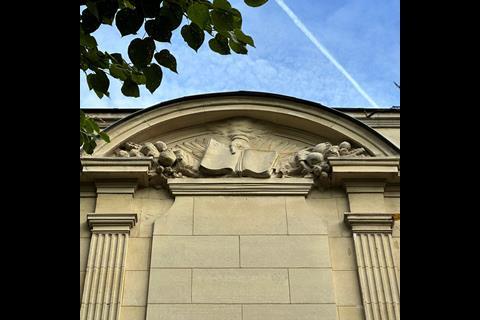
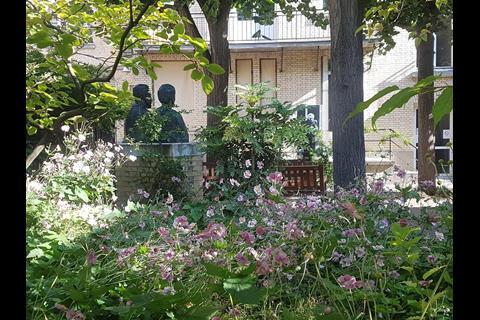
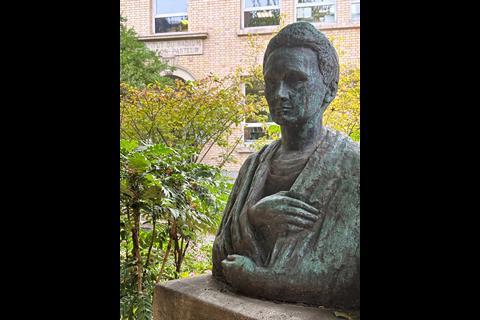
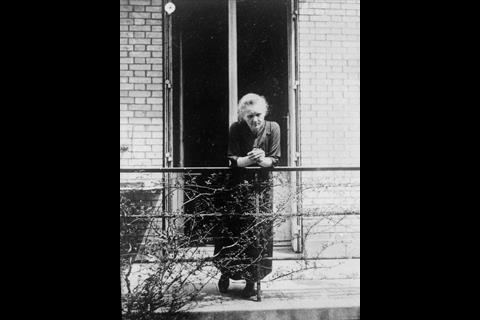
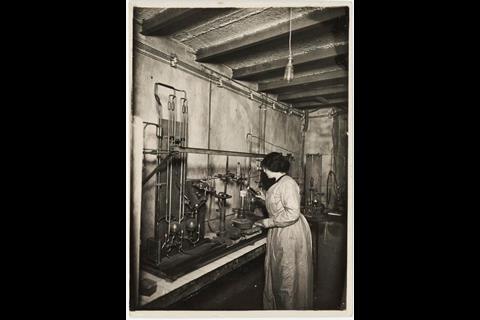







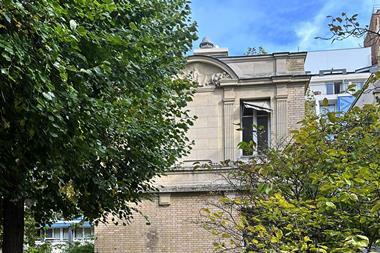
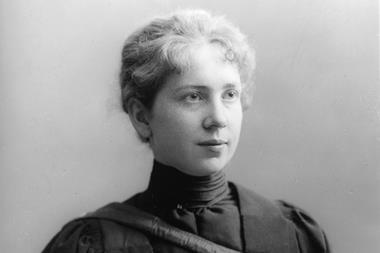







No comments yet